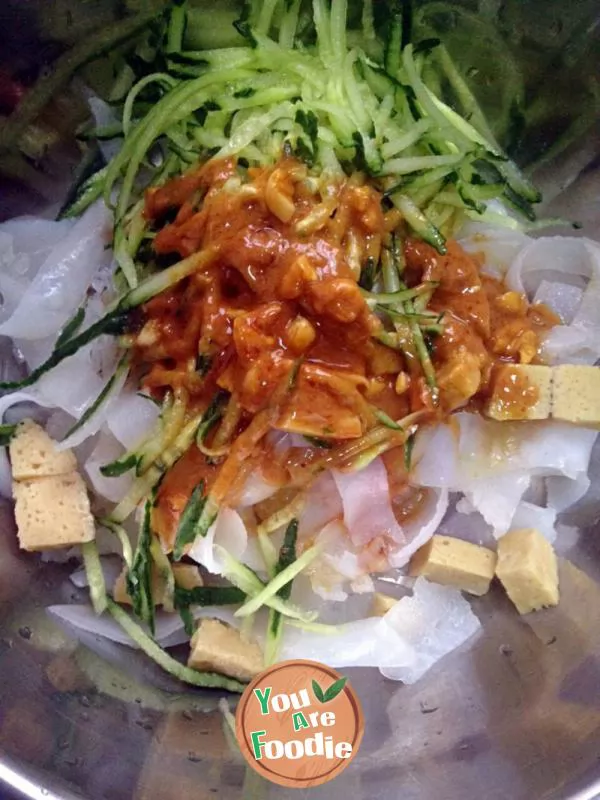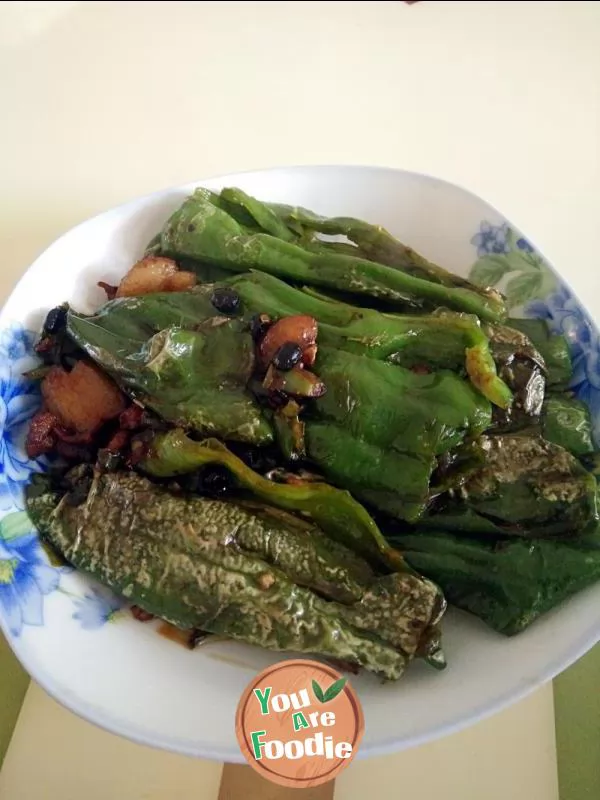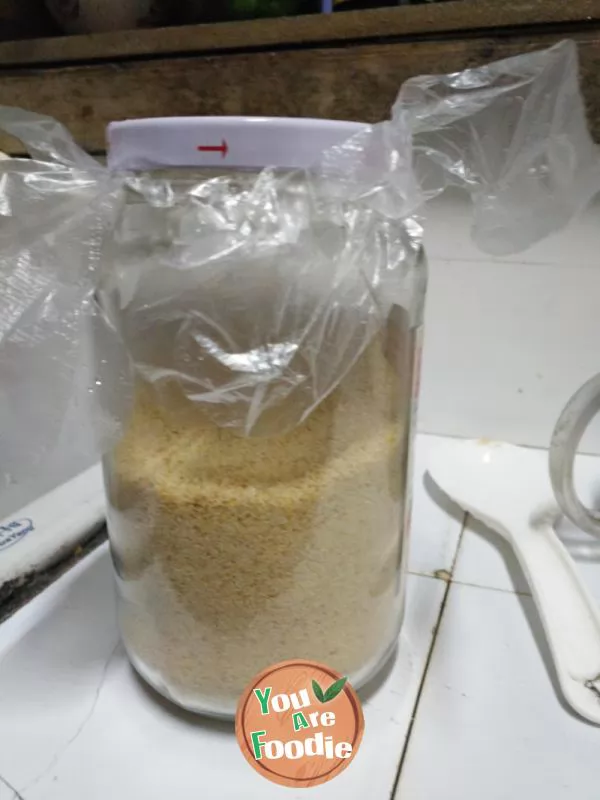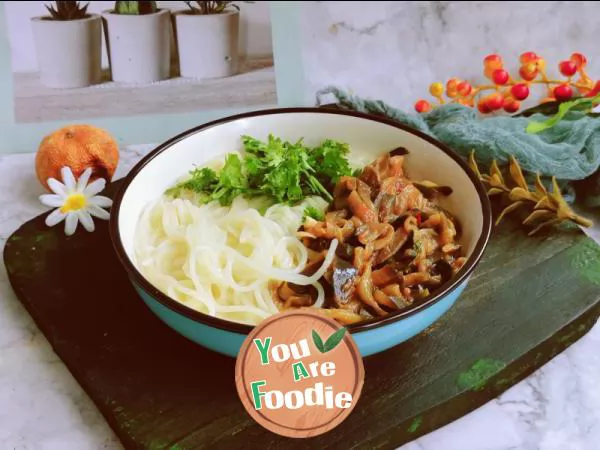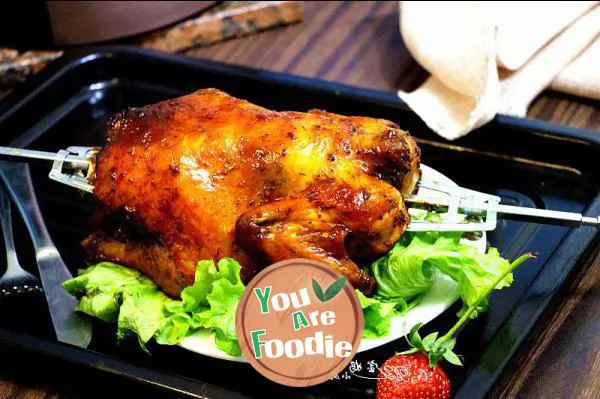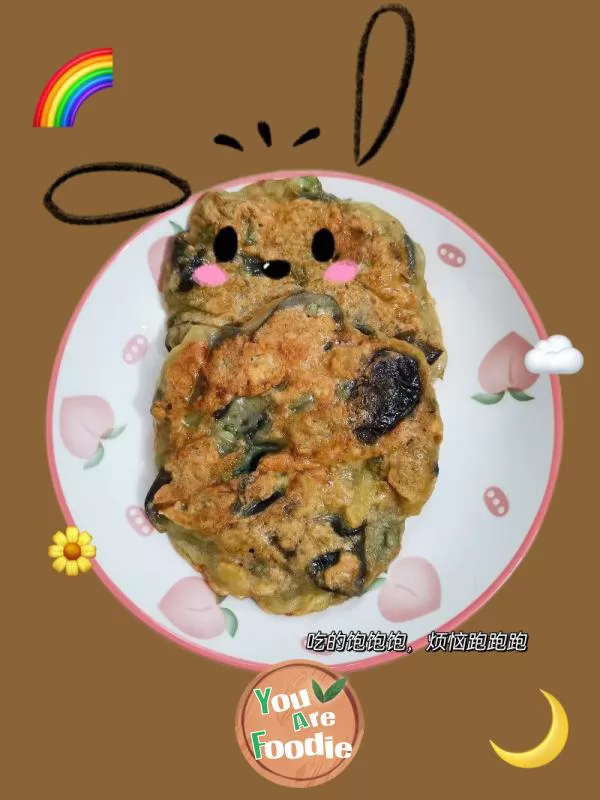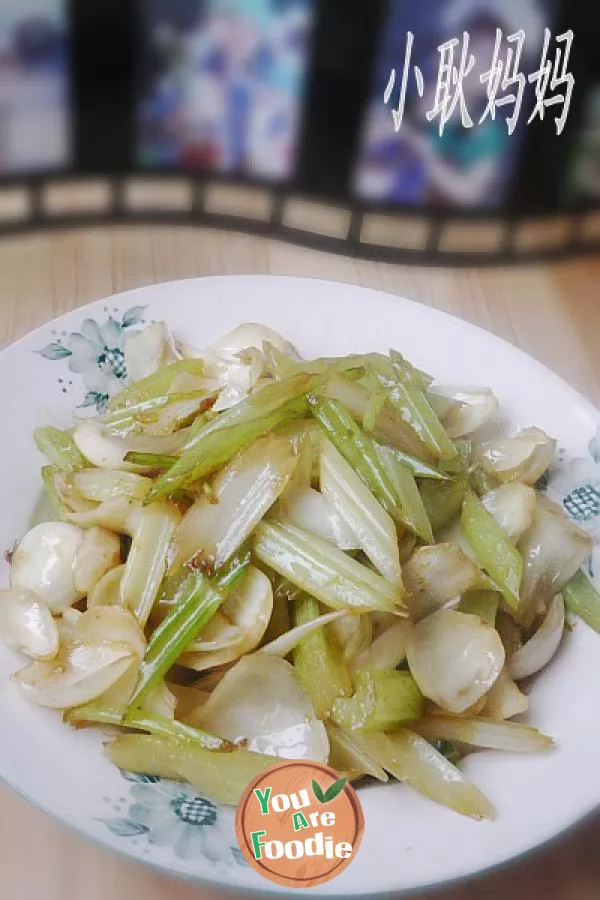
Bear bread
The cute bear bread is not only liked by children, but also by me. Add milk powder and eggs, nutrition is more comprehensive, like friends can try! I don't have a toaster, so I have to knead the dough by hand. It should be much easier for friends who have a toaster to knead with a toaster directly. In the past, some people said that manual kneading of bread for oneortwo hours could not produce a film, which was very tiring. In fact, I think manual kneading of bread is not so terrible. If you master the essentials, you can pull out the film in half an hour at most.1. the time and temperature shall be adjusted according to the conditions of the oven;2. without a chocolate pen, you can directly put chocolate in a bowl, heat it in water, melt it, and paint it with chopsticks, or you can use cocoa powder and some water to make a thick chocolate paste to paint face decoration,3. the size of eggs and the water absorption of flour are also different, so the water volume should be well controlled. If you add insufficient liquid at the beginning and feel that the dough is very dry, you should add water in time. Water replenishment method: take a bowl of water and pat it on the dough with your hands. Do not pour water directly on the dough. You can touch water with your hands for many times to add water to knead the dough until the film is rubbed out.4. observe frequently after baking in the oven for 10 minutes. Cover with tin paper after coloring to avoid heavy surface coloring. Cover the surface with tin paper as soon as it is crusted. Check the surface of the bread two minutes before leaving the oven, and decide whether to remove the tin paper in advance according to the actual coloring situation (if the coloring is light, remove the tin paper in advance, so that the bread surface is exposed to the heating tube for coloring; if the color of the bread surface is just right, cover the tin paper until leaving the oven).
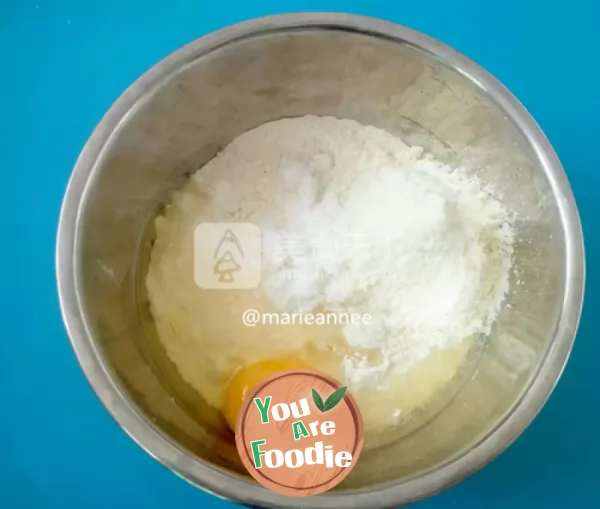
Step 1 . Weigh the corresponding grams of high gluten flour, milk powder, salt, sugar, baking powder, etc., put them into a slightly larger basin, knock in an egg, and mix well with chopsticks
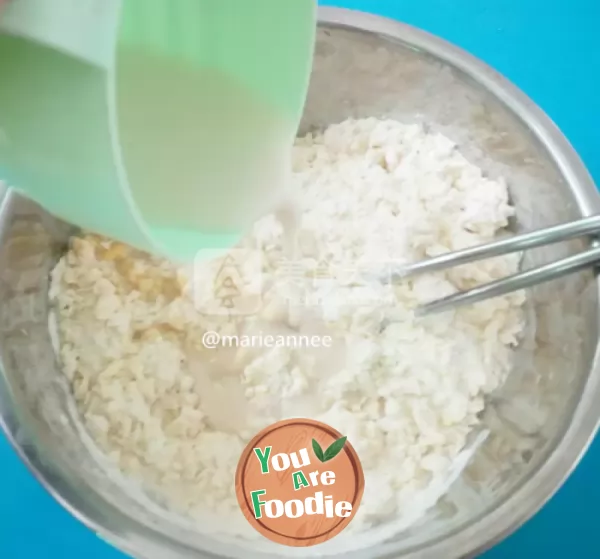
Step 2 . Add two grams of yeast powder into the water, stir with chopsticks until it is fully dissolved, and then slowly pour it into the flour basin, stirring while pouring
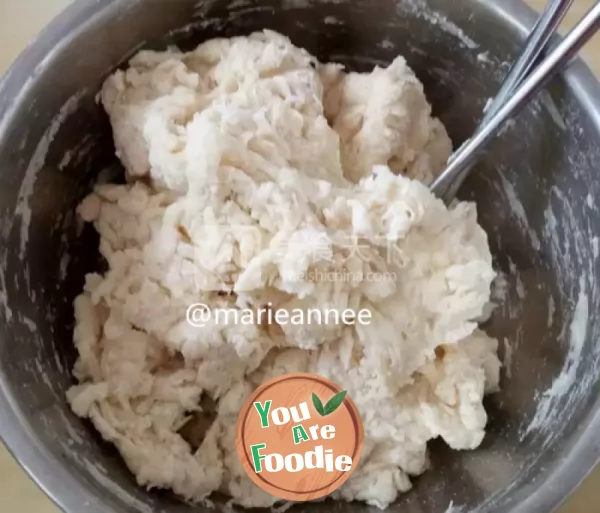
Step 3 . Stir until there is no dry powder and it is in the form of cotton wool. Then knead it into a ball by hand, cover it with fresh-keeping film, and wait for half an hour, which can make the flour fully absorb water and become very moist, which can greatly shorten the kneading time. (the temperature is high in summer, so it should be put in the refrigerator to avoid yeast fermentation)
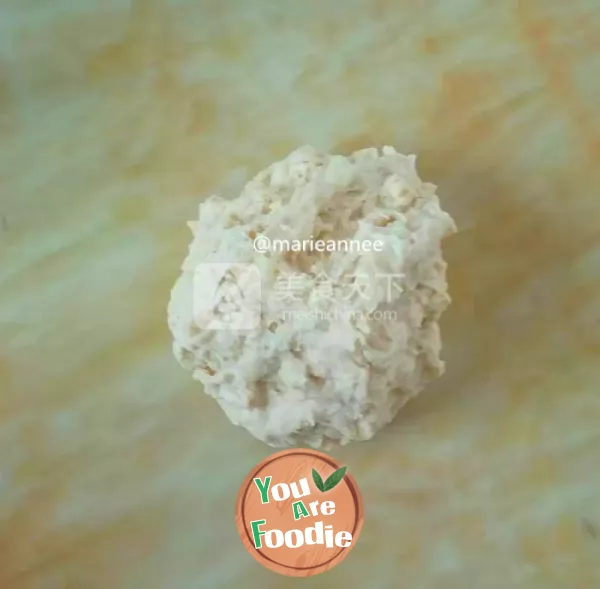
Step 4 . Put the dough on the stone table in half an hour
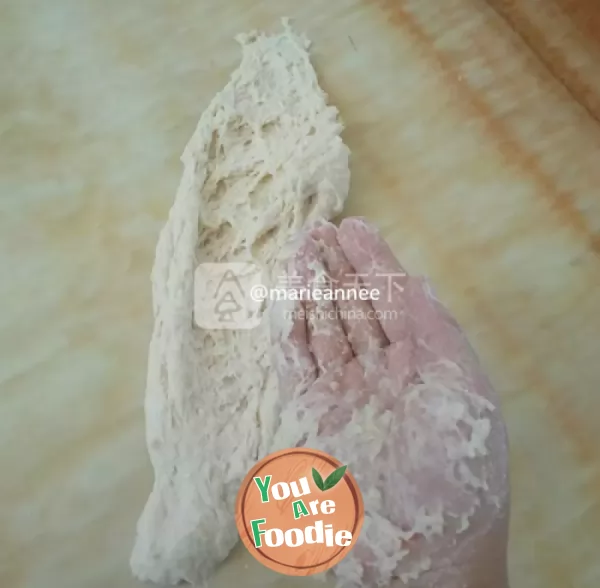
Step 5 . Press the end of the dough slightly with your left hand and rub it out with the power of your right wrist (it's sticky at the beginning, which is normal, so be patient)
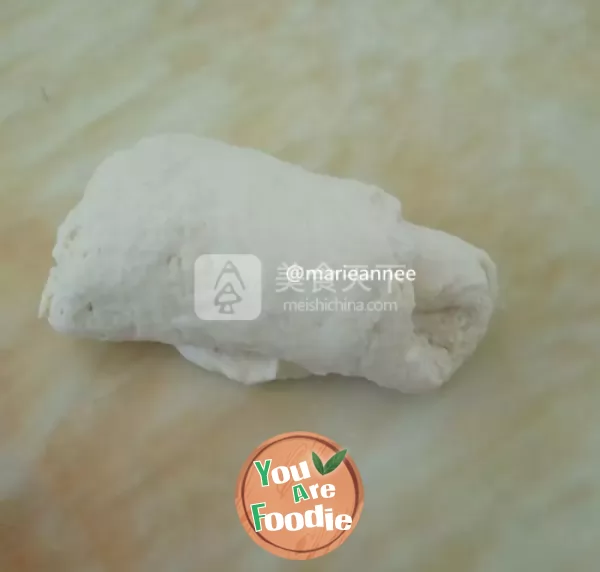
Step 6 . Fold it back, then turn the dough in another direction and rub it out
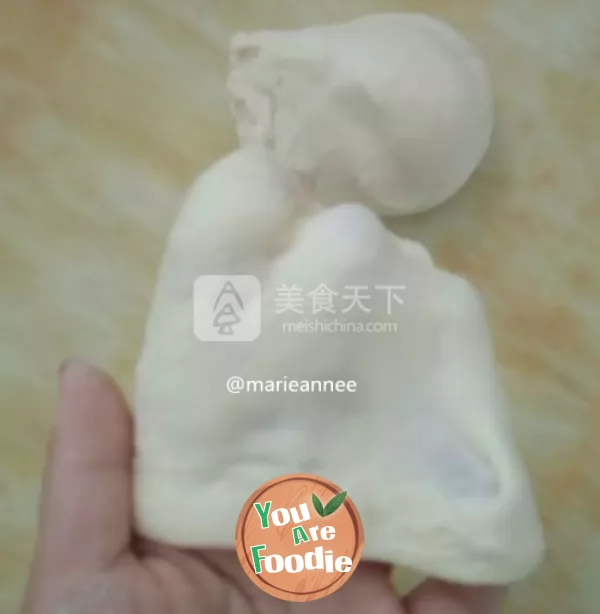
Step 7 . Repeat steps 5 and 6 (rub out and take back) until the thick film can be pulled out, as shown in the figure
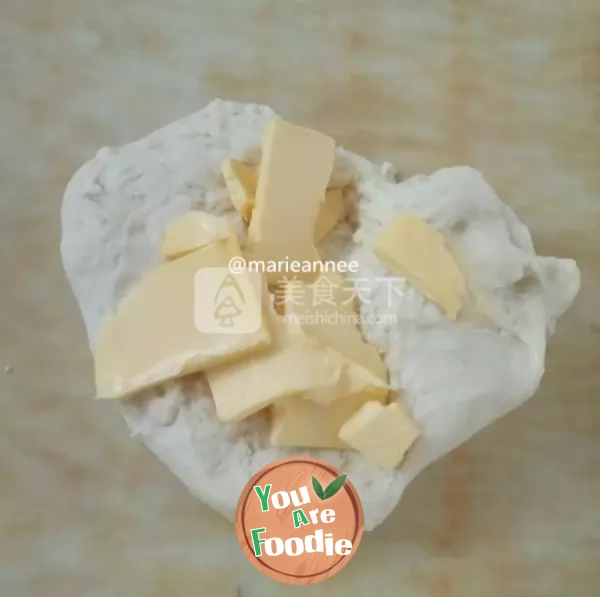
Step 8 . Knead the thick film and add softened butter
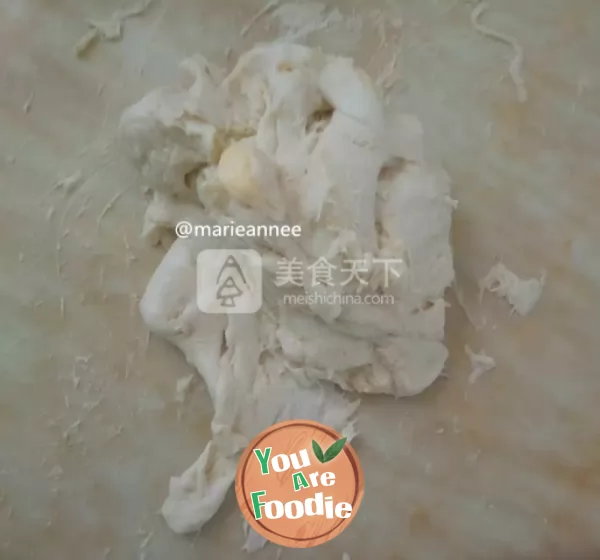
Step 9 . After adding butter, the dough will be very slippery at the beginning of kneading, and the dough will become wet and sticky again, just like a pile of broken cotton wool. It looks miserable and can't bear to gamble. Knead it for about 5 minutes, and the butter will be fully kneaded into the dough
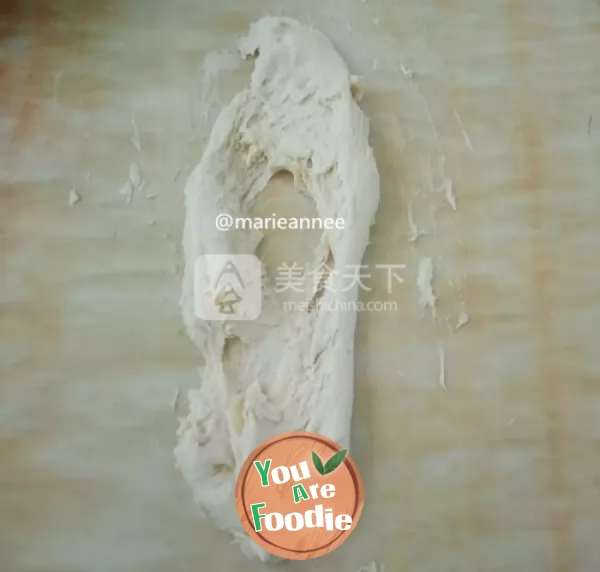
Step 10 . Start rubbing again, rub it out first
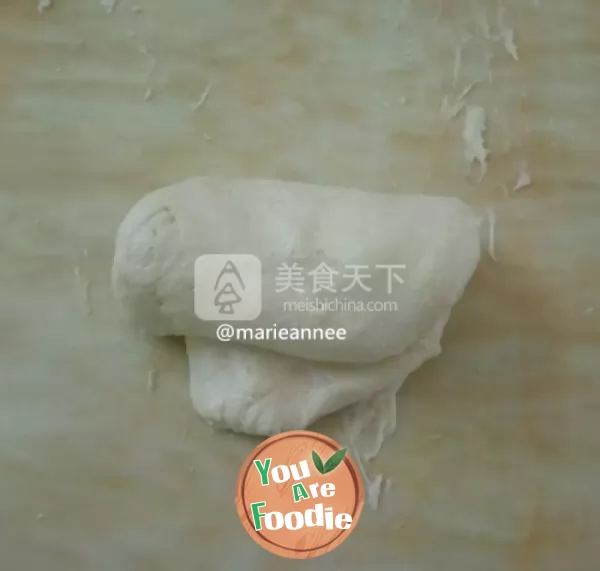
Step 11 . Fold it back
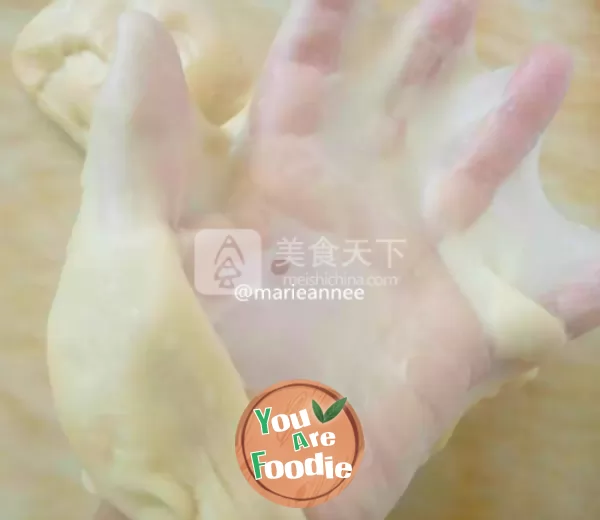
Step 12 . Repeat steps 10 and 11. Kneading the dough can easily pull out the glove film, and it is not easy to break. If it is very tough, it means that the dough is kneaded in place, and the dough is broken at once, it means that it still needs to be kneaded
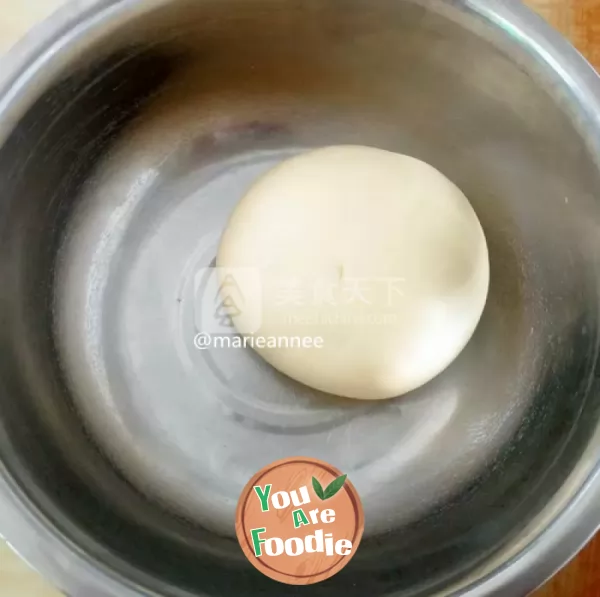
Step 13 . Roll the dough round again and put it into a basin. Cover it with plastic wrap or wet towel and let it ferment in a warm place
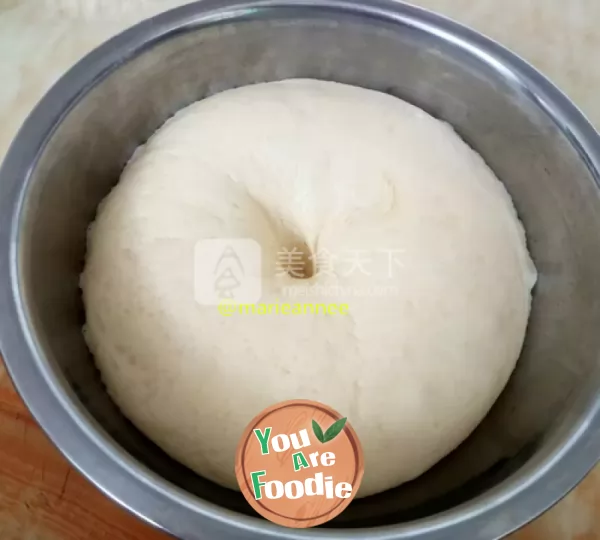
Step 14 . This is the dough with successful fermentation, as shown in the figure. The fermented dough is 2.5 times larger than the original volume, and it feels very light when it is held up. Stick a little flour with your fingers, and press the dough gently. The fingerprint will not recover immediately, nor will it collapse slowly like a discouraged ball, indicating that the fermentation is just good.)
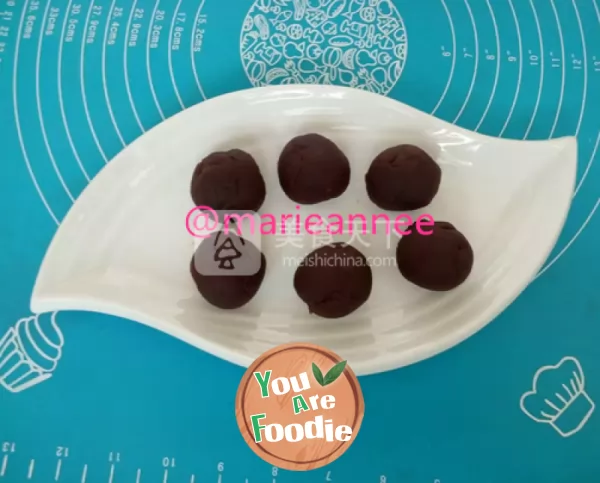
Step 15 . During the dough fermentation process, the bean paste stuffing can be prepared and divided into 6 equal parts, each 30 grams
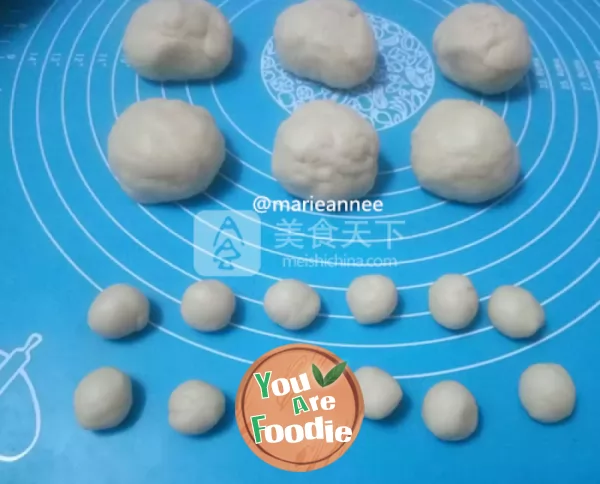
Step 16 . Take out the fermented dough, press and exhaust, and then divide it into 7 large dough, each about 51g. Take one of the dough and divide it into 12 small dough, each about 5g. Cover all dough with plastic wrap and let it stand for ten minutes.
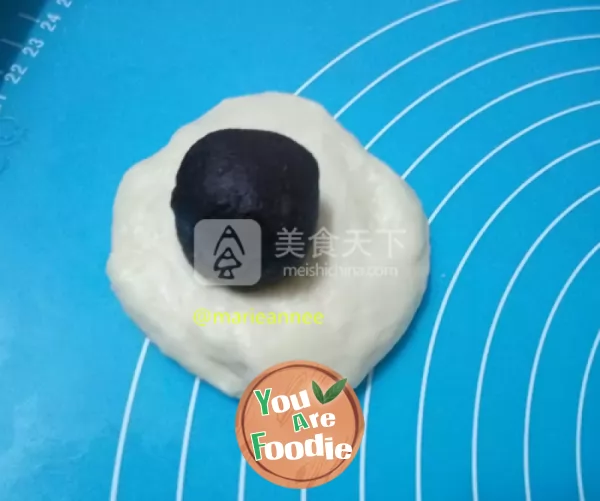
Step 17 . Take a portion of dough, flatten it, put bean paste stuffing on it, wrap it up and rub it round
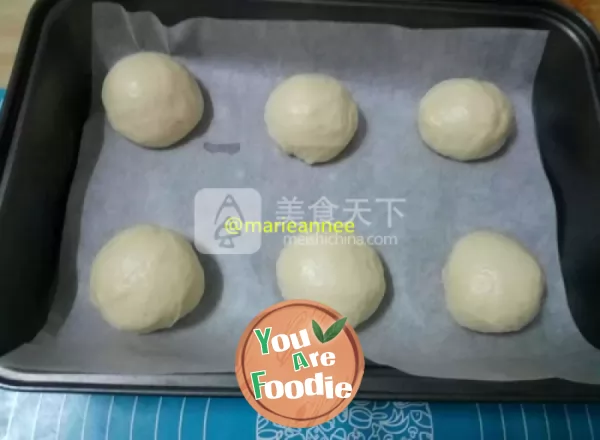
Step 18 . Make the bread cubes and put them into the baking pan with tin foil, with the mouth closed downward, and place them evenly
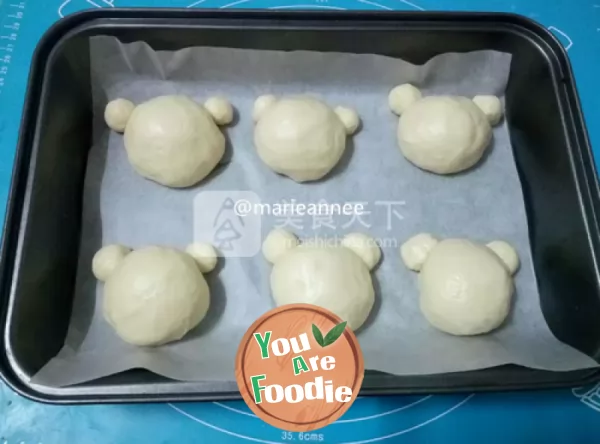
Step 19 . Put a small dough at the top of each big dough symmetrically on the left and right to make the bear's ears, and pay attention to the close bonding with the bear's head

Step 20 . Put the shaped dough in a warm and moist place for secondary fermentation. With the function of oven fermentation, put a bowl of water in the oven to moisturize
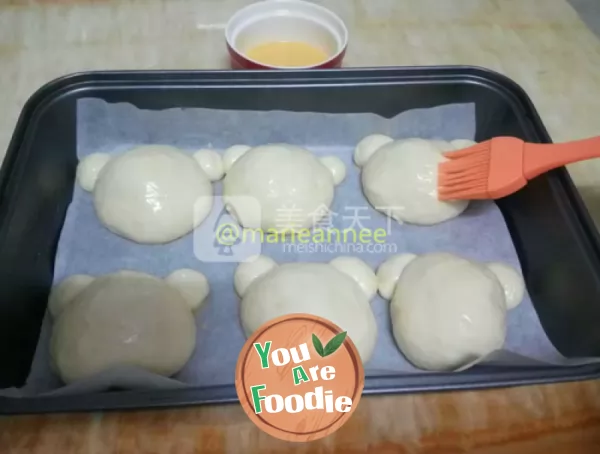
Step 21 . When fermenting to 1.5 times the original size, take out the bread raw embryo, and brush the surface with egg liquid

Step 22 . Put the baking pan into the middle layer of the oven preheated at 180 degrees and bake it for 15 minutes
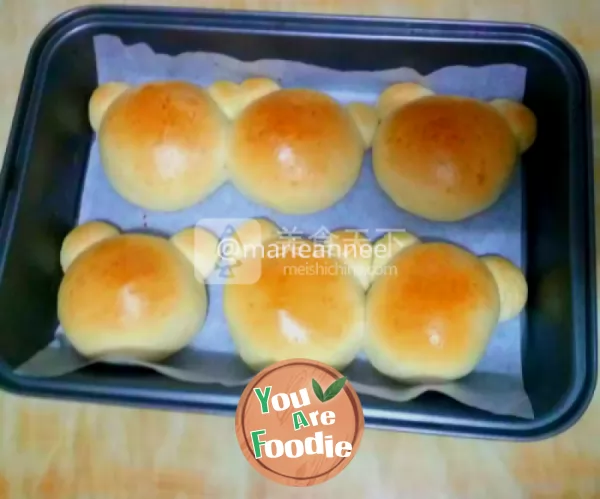
Step 23 . Outgoing cooling

Step 24 . Melt the chocolate pen in hot water and draw eyes, ears, nose and mouth on the corresponding position of the bread
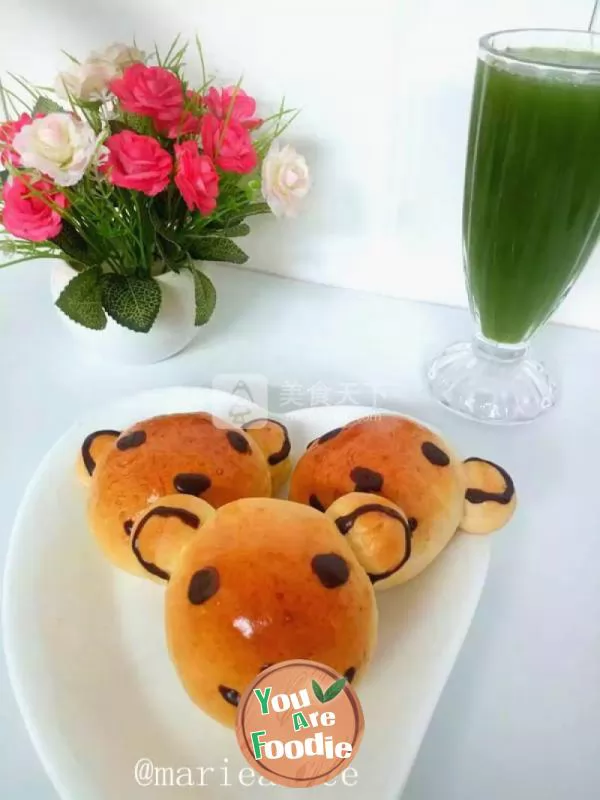
Step 25 . Are you willing to eat such a cute bear?
* Information is provided from the Internet, If there is a copyright infringement, Please contact administratoryouarefoodie.com, We will deal with as soon as possible, Thank you!

